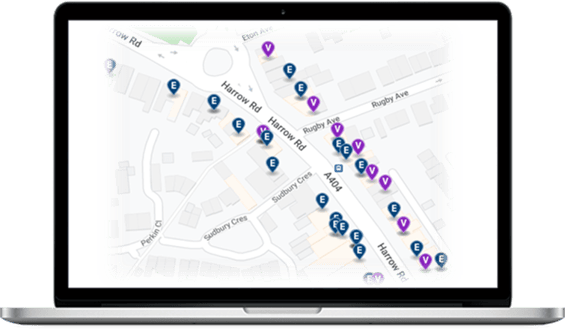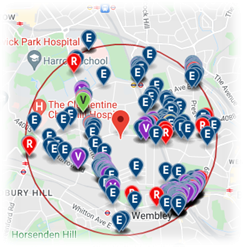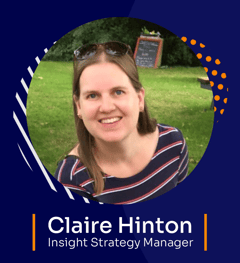Taking a simple step in the right direction to increase daily sales by 13%
Resource is finite. There isn’t always enough resource to throw at everything that you might want to pursue, and we understand field marketing budgets are often under tight scrutiny.
The importance of where the resource is directed is therefore perhaps more crucial than ever. Businesses need to be sure their teams are spending the right amount of time and the right resource in the right areas. This will answer the right questions to make the most effective changes to their strategy and daily execution. This is what we call, the ‘Perfect Intervention’; optimising resources to get the right what, where when and how. Doing the right thing, in the right place, at the right time and in the right way and ultimately delivering the most return.
Applying the Perfect Intervention to field marketing
In essence, it’s about using data, insights, and technology to focus resources on where it will drive the biggest return. Cosine sales managers work in collaboration with our in-house business insights team to use all available data to do just that. For example, that might be prioritising shops based on sales or customer opportunity, alerting field teams to issues in store to drive visit optimisation, and understanding when it is right to complete a physical visit or if the outlet would benefit just as much from a digital service instead. Indeed, the Perfect Intervention would likely be a combination of all these things.
The purpose is to drive return through optimisation, improving efficiency and therefore effectiveness to deliver more value for our clients.
Sounds good. Of course, everyone would have the intention of doing the Perfect Intervention and getting the most out of their return and yet that isn’t always the case. So where do you start to drive efficiency and get on the journey to the Perfect Intervention?
Starting the journey towards the perfect intervention
As always, it’s important to start with getting the basics right and one of the most important aspects of driving efficiency is optimising the field team to be able to spend more time on call. The first way to do that is through territory planning, ensuring territories are balanced and optimised to store locations and road networks to get more time in-store and less time on the road. We have a longstanding relationship with CACI and in-house experts to create these optimised territory models and fully optimise our field teams. But once the territories are established and the call file or postcodes are allocated to each territory, how do you get the most out of that? How can a field team best manage their territory efficiently and effectively?
Case Study: Optimising resources to drive increase efficiency by +45% and effectiveness by +13%
We have addressed those questions recently with one of our financial service clients. Field teams are selling directly to businesses, and we had already created efficient territories and armed the team with targeting tools and predictive models to highlight potential opportunities once we were able to speak to a DM. However, we were finding that a lot of visits being made were to outlets that had no viable opportunity, and we weren’t getting to the DM in the first place – they were effectively wasted visits. To address this, we have developed our data capture system to include an interactive map of all businesses within the postcodes of each territory.

The map only shows businesses on territory, so we avoid any cross-over into other territories and each outlet is colour coded to show the opportunity level in that business:

Red flag – do not visit where the outlet already has what we are selling
Yellow flag - highlights a store that has been visited but not shown interest so should be revisited in 6 months
The remaining flags include stores that are viable but have never been visited and those that have been visited, shown high interest but have not yet signed on the dotted line – the low-hanging fruit.
All these flags are integrated into Salesforce to update in real-time as outlets are visited or more data is received. This allows the team to get a clear picture of where their opportunity is, but also to plan their day accordingly using the built-in journey planning functionality. This way teams can create journey plans based on opportunities to fully optimise their working day.
Introducing this tool has seen efficiency increase by +45%, by reducing visits to outlets that are already customers and focusing visits on known opportunities. Daily sales increased by +13%, purely by giving the field team a tool to drive efficiency into their day.
If you’d like to find out more and start your journey towards the Perfect Intervention, then please contact us.
Blog Author Claire Hinton
